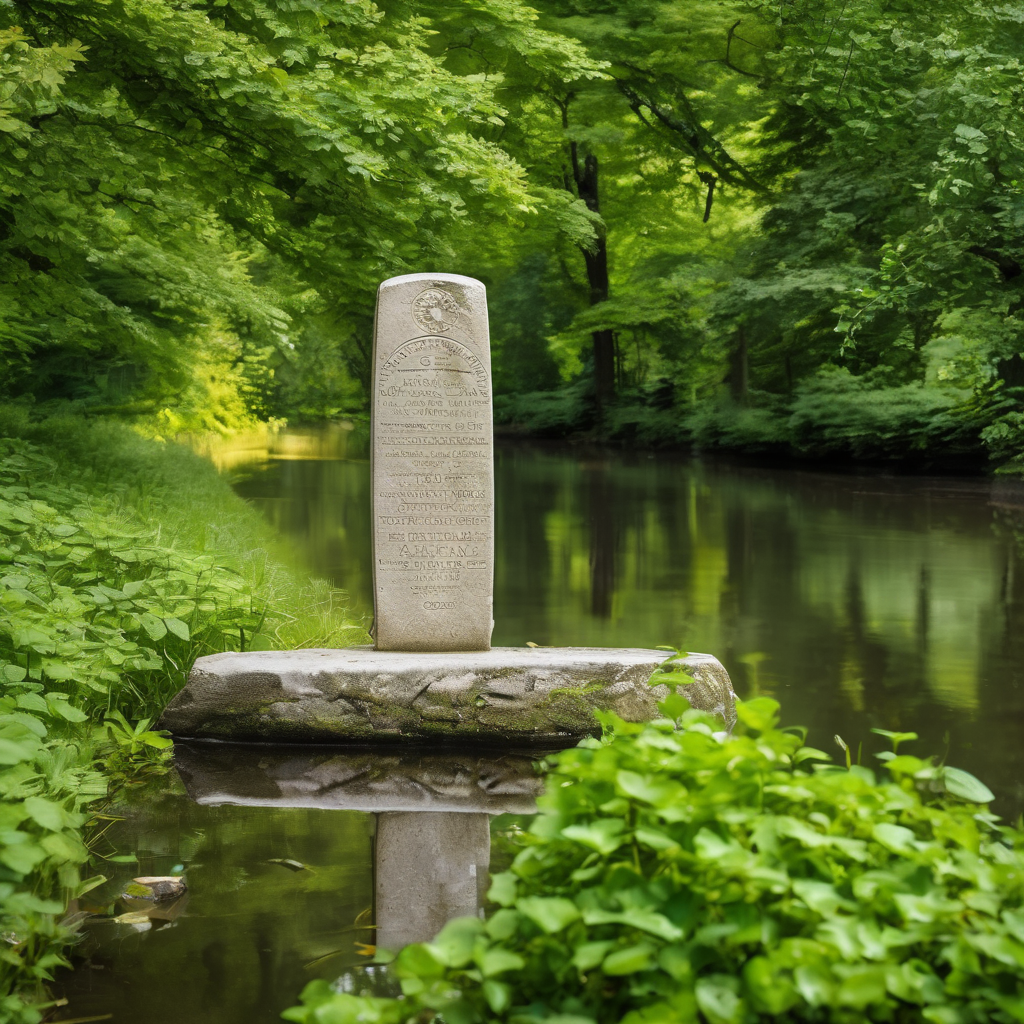GRAND RAPIDS, Mich. — This Sunday marks the 200th anniversary of the Erie Canal, a monumental achievement in American history. Celebrated alongside groundbreaking innovations like the cotton gin and the automobile, the canal profoundly influenced the nation’s economic landscape and expansionist efforts.
The Erie Canal is a 363-mile man-made waterway that connects the Hudson River to Lake Erie, effectively linking the Atlantic Ocean to the Great Lakes. Its construction began in 1817 and was completed in 1825, making it the longest artificial waterway in North America at the time.
Initially, the canal was merely four feet deep and 40 feet wide, cutting through diverse terrains, including fields, forests, and swamps, and necessitating 83 lift locks. The courage and ingenuity of the laborers, who relied on manual and animal power for excavation, were key in transforming the canal from concept to reality. Laborers developed hydraulic cement for underwater construction and created specialized equipment to uproot trees, showcasing remarkable innovation for their era.
New York senator DeWitt Clinton championed the canal project, initiating discussions as early as 1811 and ultimately persuading the state legislature to allocate $7 million in loans for its construction. In a historic ceremony, Clinton and a team aboard the Seneca Chief traversed the entire canal, symbolizing its opening by marrying the waters of Lake Erie and the Atlantic.
Once inaugurated, the Erie Canal transformed transportation costs dramatically, reducing the price of shipping from $100 per ton to less than $10. This efficiency not only made New York City the preeminent port of the nation but also spurred significant growth in surrounding towns like Syracuse, Rochester, and Buffalo.
The canal also played a critical role in migration patterns, facilitating the influx of settlers into Michigan and the broader Midwest. Before the canal, potential adventurers faced treacherous overland routes; with the establishment of the canal, many opted for boat travel, which, while not luxurious, was considerably more efficient.
Historically, the canal helped shape political allegiances during the Civil War as well. Its contribution to trade and movement solidified ties among the Midwestern states in favor of the Union, highlighting its lasting societal impact.
Though the Erie Canal has evolved over the years, including significant expansions to accommodate larger vessels, the advent of railroads and the St. Lawrence Seaway meant its industrial significance diminished by the 20th century. It is currently used more for recreational purposes but remains a cherished mark of American ingenuity and determination.
Established by Congress in 2000, the Erie Canalway National Heritage Corridor acknowledges the canal’s profound influence on American history, celebrating the legacy of those who built and maintained this historic waterway. As we commemorate its bicentennial, we reflect on how the Erie Canal revolutionized commerce and connection across the nation, leaving an indelible mark on its development and growth.
